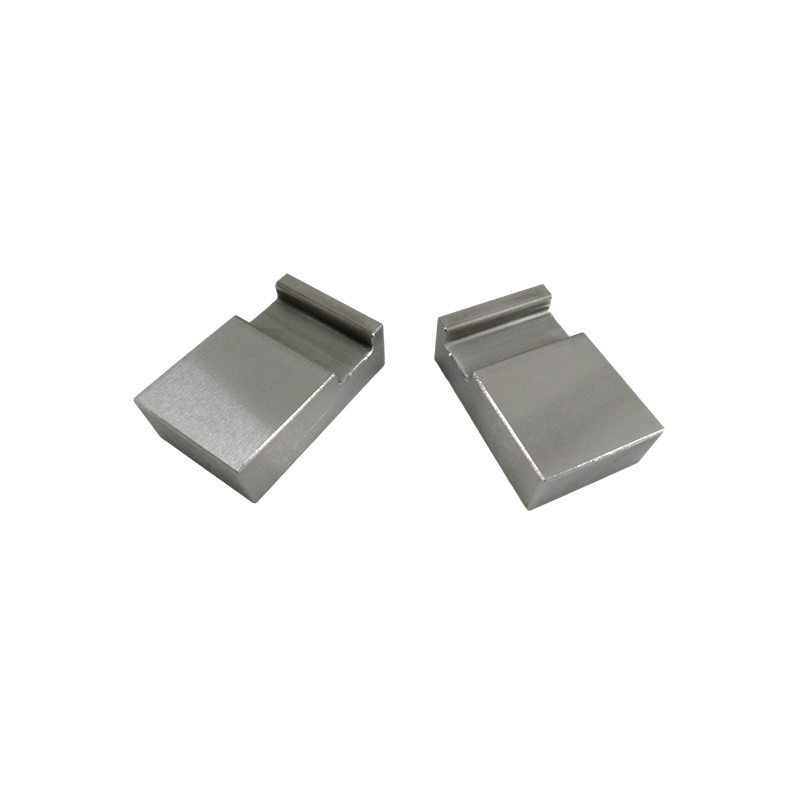Copper tungsten (CuW) alloy is highly valued for its exceptional wear and erosion resistance properties, making it suitable for a wide range of demanding applications where mechanical durability and reliability are critical. Here's how CuW alloy performs in wear and erosion resistance applications:
Wear Resistance
High Hardness:
Copper tungsten alloy exhibits high hardness due to the presence of tungsten particles embedded in a copper matrix.
The hardness typically ranges from 150 to 300 HV (Vickers Hardness), depending on the composition and processing.
Abrasive Wear Resistance:

CuW alloy is highly resistant to abrasive wear, making it suitable for components exposed to sliding, rubbing, or repetitive impact against other surfaces.
Applications include wear plates, bushings, bearings, and electrodes in electrical discharge machining (EDM).
Adhesive Wear Resistance:
The alloy's hardness and microstructure contribute to its resistance against adhesive wear, where surfaces rub together under pressure, potentially causing material transfer.
This property is beneficial in applications where components experience high-friction conditions.
Erosion Resistance
Arc Erosion Resistance:
CuW alloy is widely used in electrical contacts and electrodes due to its superior resistance to arc erosion.
During electrical arcing, the alloy maintains its integrity and prevents material loss or degradation, ensuring consistent performance over extended periods.
Corrosion and Chemical Resistance:
While not inherently corrosion-resistant like stainless steel, CuW alloy's resistance to erosion also implies some degree of resilience against chemical erosion.
It is crucial to select the appropriate CuW composition and finish to withstand specific chemical environments.
Applications
Electrical and Electronic Contacts:
CuW alloy is extensively used in electrical contacts and electrodes for its combination of high conductivity and wear resistance.
Applications include switches, circuit breakers, and welding electrodes where reliable electrical performance under high wear conditions is essential.
Thermal Management:
In electronic and semiconductor industries, CuW alloy is used in heat sinks and thermal management components.
Its ability to dissipate heat efficiently while resisting wear makes it ideal for thermal cycling environments.
Mechanical Components:
CuW alloy is employed in mechanical components such as shafts, bearings, and bushings in heavy-duty machinery.
It withstands high loads and frictional forces without significant wear or degradation.
Performance in Specific Conditions
Temperature Stability:
CuW alloy maintains its wear resistance at elevated temperatures, making it suitable for applications where thermal cycling occurs.
Maintenance Requirements:
Due to its wear resistance, CuW components often require less frequent maintenance and replacement compared to other materials in similar applications.
Copper tungsten alloy's exceptional wear and erosion resistance stem from its high hardness, resistance to abrasive and adhesive wear, and superior performance in electrical arcing conditions. These properties make CuW alloy a preferred choice in critical applications where durability, reliability, and longevity are paramount, particularly in electrical, mechanical, and thermal management industries. Choosing the appropriate composition and fabrication technique ensures CuW alloy meets specific performance requirements for diverse applications.












